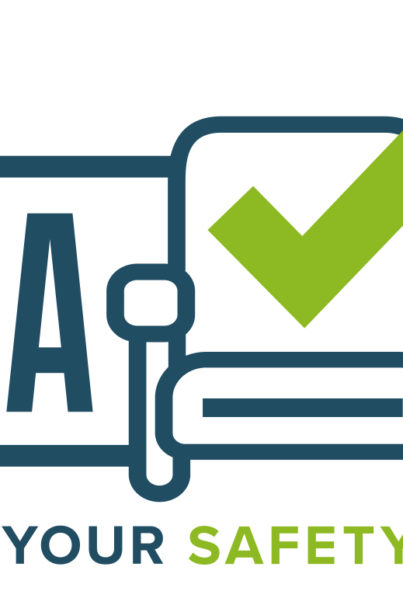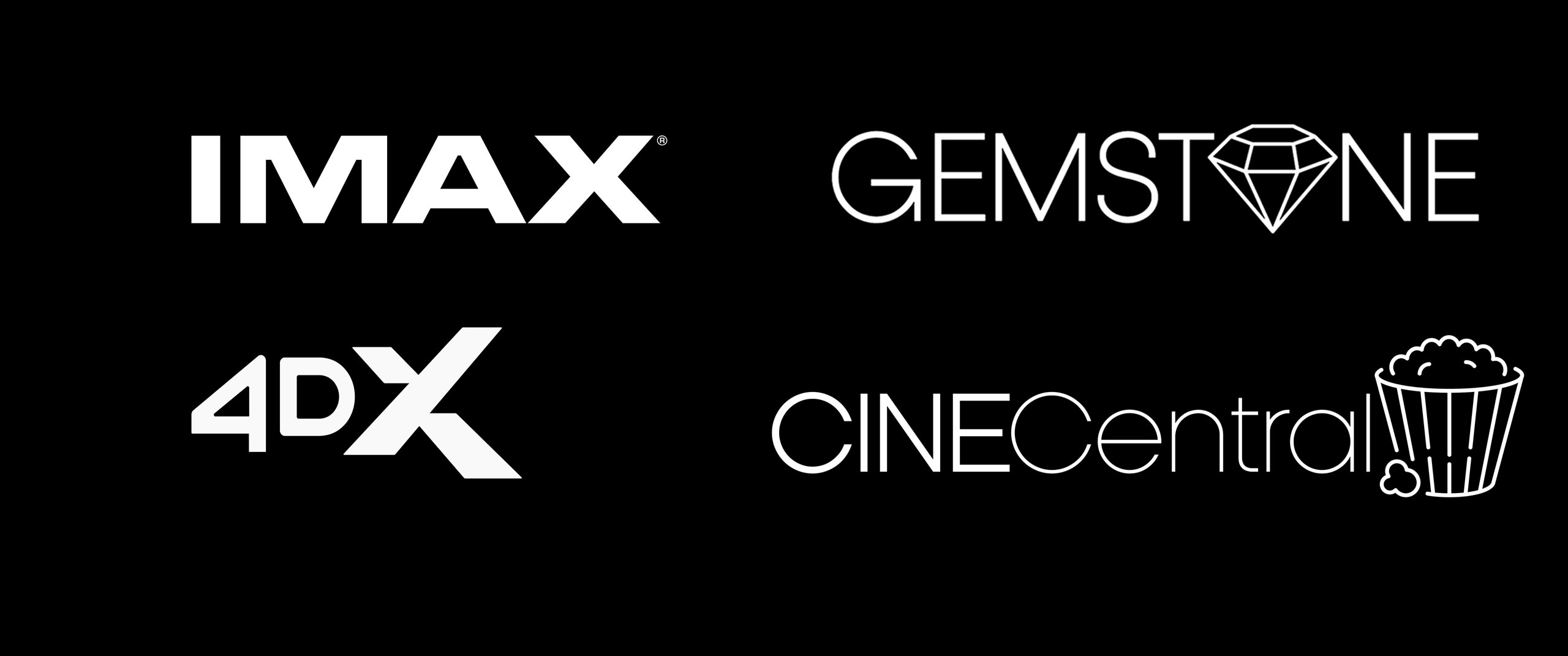
NATO LAUNCHES CINEMASAFE MOVIE THEATER HEALTH AND SAFETY PROTOCOLS
Published on : Wednesday, December 2nd, 2020 Categories : Investor NewsNewsMovie theaters, representing more than 30,000 screens nation-wide, voluntarily agree to uniform COVID-79 safety practices
(Washington, D.C. and Los Angeles, Calif – 27 August 2020) As movie theaters continue to re-open in the United States, the National Association of Theatre Owners (NATO) today announced a voluntary nationwide set of health and safety protocols adapted to the COVID-19 pandemic era.
CinemaSafe, a set of health and safety protocols based on Centers for Disease Control (CDC), World Health Organization (WHO), and Occupational Safety and Health Administration (OSHA) guidelines, was developed over several months by a team of industry experts in consultation with leading epidemiologists ( w ww.CinemaSafe.org).
John Fithian, President and CEO of NATO, said, “In this new pandemic world, moviegoers need to know that there is a consistent, science and experience based set of health and safety protocols in place no matter what theater they visit. This unprecedented industry-wide effort is a promise designed to meet that need.”
At the time of release, more than 300 companies, comprising more than 2,600 locations and more than 30,000 screens across the United States have signed on to the protocols, with more signing up every day. Participating theaters commit to meet or exceed the voluntary protocols. Those theaters may display the CinemaSafe badge and protocols on their websites, and soon, at their theater locations.
Dr. David F. Goldsmith, Ph.D., an occupational and environmental epidemiologist at George Washington University’s Milken Institute School of Public Health, having reviewed the CinemaSafe protocols, observed, “It is important to note that, in my review of the medical literature, not a single case of COVID-19 has been traced to a movie theater around the world, either before the shutdown, or since theaters have re-opened in many countries and some U.S. states. These protocols, and the way they were developed, demonstrate a serious, comprehensive effort by movie theater owners to examine every aspect of their operations, identify potential risks, and reduce them. Their emphasis on the health and safety of their employees is an indication of their preventive commitment to moviegoer safety.”
Dr. Joyce Sanchez, MD, an infectious disease specialist and Director of the Travel Health Clinic at Froedtert & the Medical College of Wisconsin as well as an Assistant Professor of Medicine at the Medical College of Wisconsin, also examined the protocols. “First,” she said, “these protocols outline that it is of the utmost importance to be flexible, to respect local and state public health department guidance and to respond to changes. Secondly, they address
two of the three general concepts that factor into activity risk: distance, dose and duration. The CinemaSafe protocols include physical distancing, limited capacity in auditoriums, mandatory mask-wearing, frequent disinfection of surfaces, specific safety training for employees and optimization of HVAC systems. They also offer a touchless experience. As far as duration, the length of a feature cannot be controlled. However, the length of a movie is similar to the amount of time spent on a domestic flight or dining at a restaurant. While every activity outside the home carries risks, these additional measures can help to mitigate them.”
The CinemaSafe health and safety protocols include:
Masks Required – All employees must wear a face covering or mask. With limited exceptions, patrons must wear a face covering at all times while in the auditorium and common areas of the Exceptions to this policy include those unable to wear face coverings such as children under 2 years of age and individuals with certain medical/physical conditions that inhibit their ability to safely wear face coverings. In addition, face coverings may be removed for the limited purpose and limited time period necessary to consume food and beverages, if approved by state or local health authorities. Those who are unwilling to wear a face-covering will be denied entry.
Social Distancing – Appropriate physical distancing must be maintained at all times between patrons, except members of the same household or those that attend
Reduced Capacity – Theaters will explore novel options to minimize the number of patrons in an auditorium. Appropriate physical distancing must be maintained at all times between patrons, except members of the same household or those that attend
Air Filtration – All HVAC systems should be in working order with increased ventilation whenever
Modified Concessions – Minimize cash transactions and encourage credit cards or contactless payments whenever possible. Theaters will eliminate communal food and condiments that requires shared serving utensils or
Mobile Ticketing – Tickets sales should be available online or via phone whenever feasible to reduce the need to stand in line for tickets. Alternatives to paper tickets should be used whenever
Frequent Hand-washing – Employees should be trained on hand hygiene practices, and are required to wash hands frequently at easily accessible hand-washing
Hand Sanitizer – Hand sanitizer with at least 60% alcohol (EPA approved ethanol or isopropyl) will be liberally placed in easily accessible public areas and patrons will be encouraged by staff and appropriately placed signage to practice hand
Enhanced Cleaning – Auditoriums should be carefully disinfected between movie screenings. High-touch surfaces should be wiped down periodically with EPA-registered
Employee Health Training – All employees should be trained on the signs and symptoms of COVID-19 as well as local theatre policies and procedures.
The full CinemaSafe protocols are attached and available at www.CinemaSafe.org .
ABOUT NATO
The National Association of Theatre Owners is the largest exhibition trade organization in the world, representing more than 33,000 movie screens in all 50 states, and more than 33,000 additional screens in 97 countries worldwide.
Headquartered in Washington, D.C., with a second office in Los Angeles, California, NATO represents its members in the heart of the nation’s capital as well as the center of the entertainment industry. From these vantage points, NATO helps exhibition influence federal policy-making and work with movie distributors on all areas of mutual concern, from new technologies to legislation, marketing, and First Amendment issues. www.natoonline.org
CONTACT
Patrick Corcoran
Vice President & Chief Communications Officer 818-506-1778




